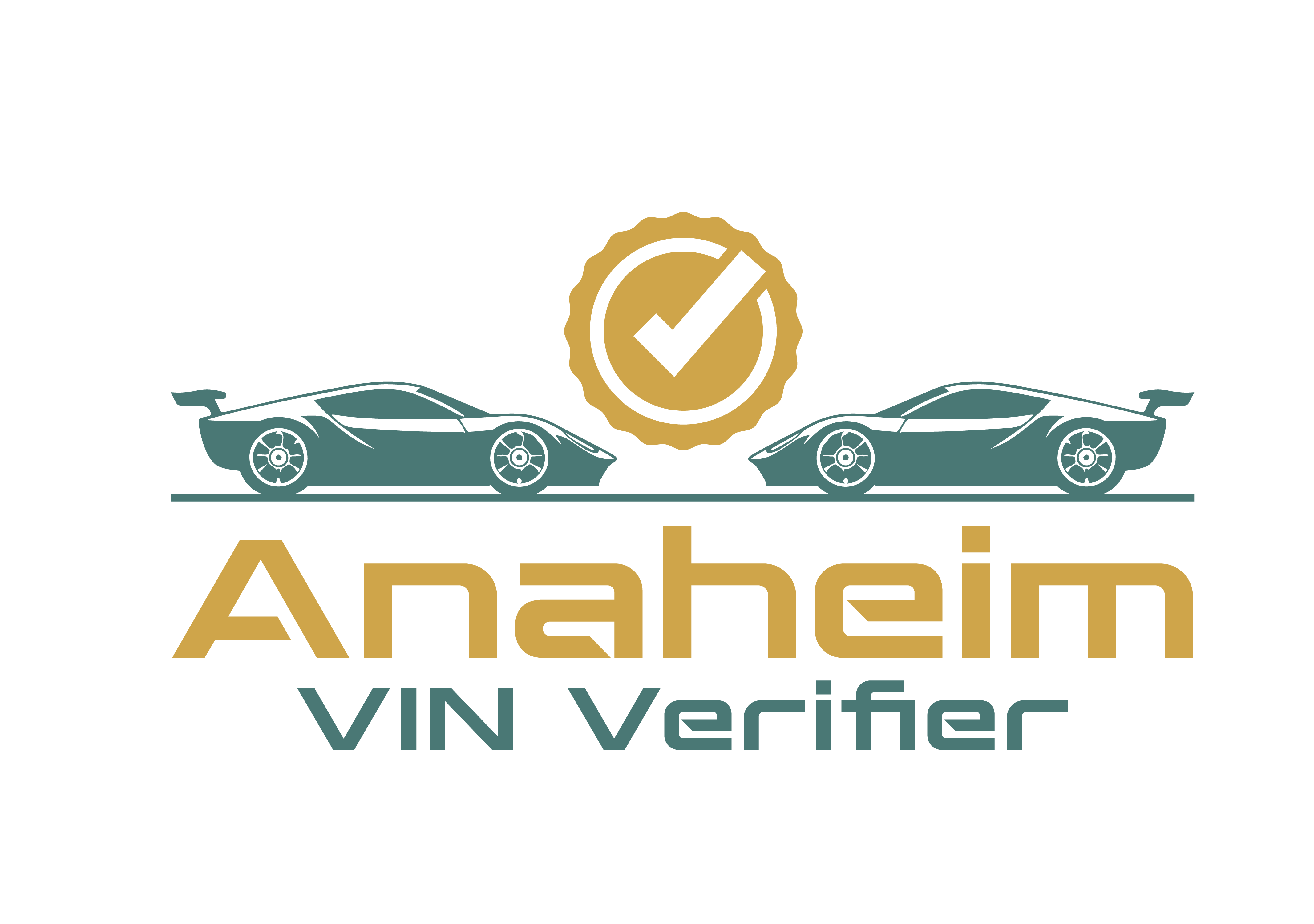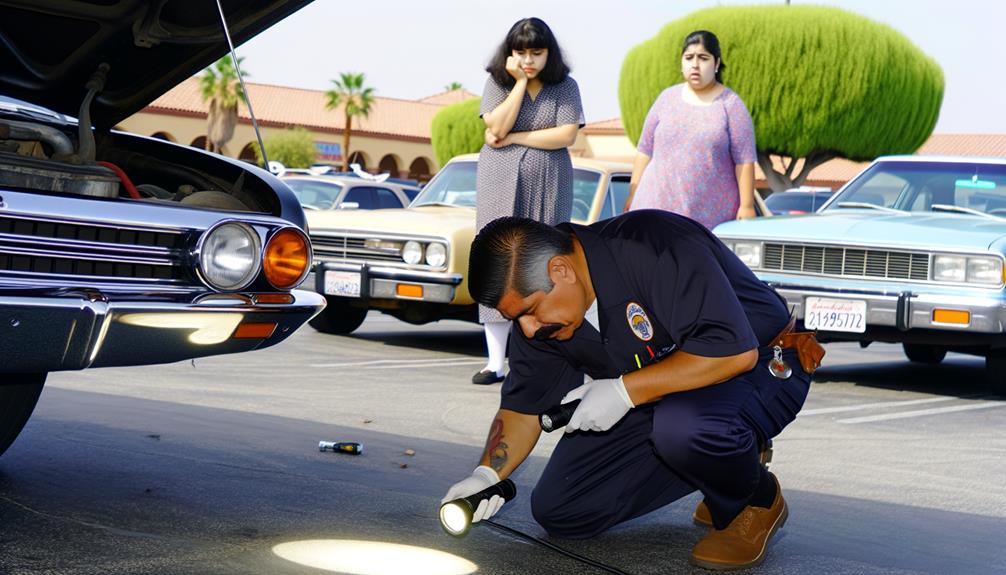If you're planning on bringing a car from out of state into Anaheim, you'll need to navigate the process of VIN verification—an indispensable step that confirms your vehicle's identity matches its documentation. This isn't just about filling out forms; it's about ensuring your transition to California registration is seamless and compliant with local laws. From selecting the right location for your VIN verification to understanding which documents you'll need to present, every detail matters. Why is this process so critical, and what happens if discrepancies arise during your inspection? Let's explore how you can prepare and what pitfalls to avoid.
Understanding VIN Verification
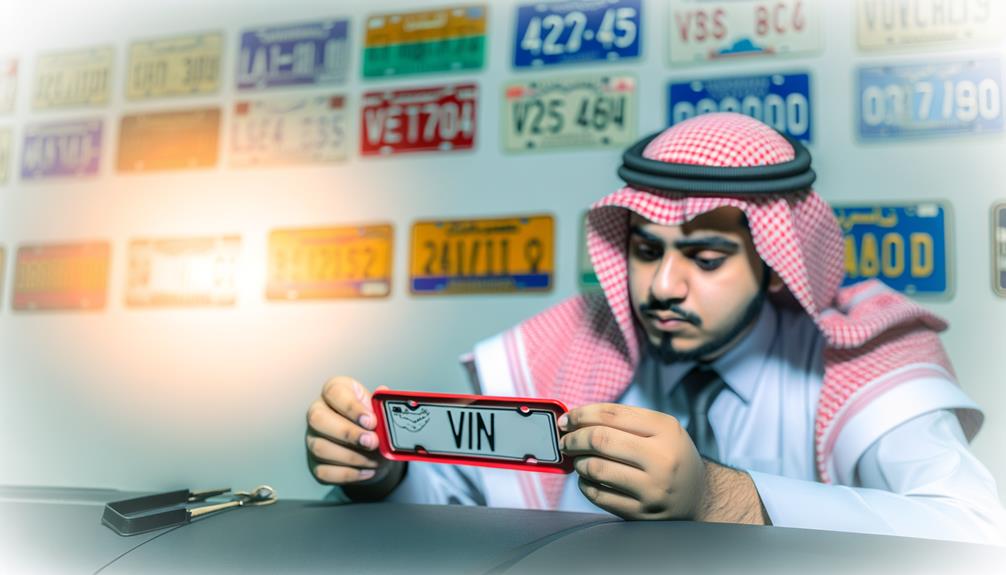
VIN verification is a crucial step you must undertake when registering an out-of-state vehicle in California. It's all about ensuring your vehicle's identification number matches its title, guarding against fraud and securing your freedom on the road. You'll need a documented REG31 form, which is handled by licensed verifiers during a physical inspection. This isn't just bureaucracy; it's about making sure your vehicle fits within the legal framework and DMV regulations. Additionally, these inspections are essential for preventing fraud and ensuring that all the details like the odometer reading and emissions label are accurately documented.
In Anaheim, places like DMV, AAA, and Quick VIN Verifications are ready to assist you. While DMV offers this service for free, Quick VIN Verifications provides a more tailored service at around $75. They'll thoroughly inspect your vehicle's year, make, model, and VIN location, ensuring everything's up to scratch
Preparing Your Vehicle
To get your out-of-state vehicle ready for registration in California, first ensure you have the out-of-state title, registration certificate, and a bill of sale. Next, securing a California insurance policy is crucial. This isn't just a formality—it's your ticket to a smooth registration process and the freedom to hit those sunny California roads without a hitch. Remember, you must register your vehicle within 20 days of establishing residency to avoid late fees, which emphasizes the urgency in handling these requirements promptly.
Don't forget about the smog certification if your vehicle was made after 1976 (gas) or 1998 (diesel). California cares about clean air, and this step ensures your vehicle contributes positively to the state's environmental goals. It's not just about compliance; it's about embracing the lifestyle here.
Before you make your way to the DMV, double-check that your vehicle is physically in California. It needs to be present for the VIN verification, an essential step to confirm its identity and history. Gather all your paperwork, especially the REG 31 form required for VIN verification. Having this paperwork ready will streamline your DMV visit, letting you enjoy your freedom with less hassle
Selecting a Verification Location
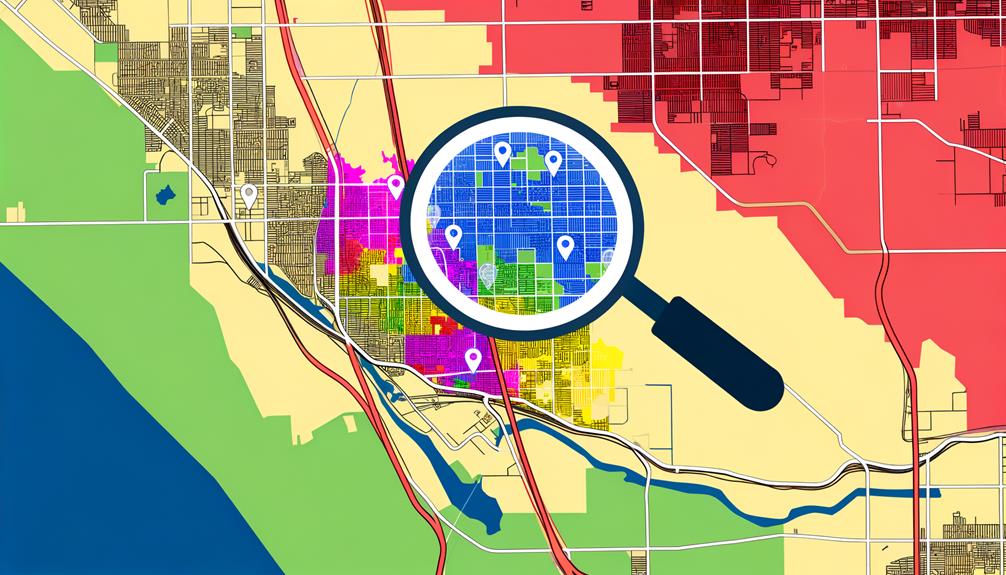
Once you've prepared your vehicle, choosing where to get your VIN verified in Anaheim is your next step. You've got freedom to pick from several spots, but you'll want to weigh the pros and cons based on costs, service limitations, and how they fit into your schedule.
Quick VIN Verifications offers a handy choice, especially if you're pressed for time. They charge $75 for in-office services and $125 for mobile services throughout Orange County. If you can't make it to their office, they'll come to you, making your registration process a breeze.
Alternatively, if you're a AAA member, you can snag a free VIN verification at their locations. Bear in mind, they don't offer mobile services and might not handle all vehicle types, which could be a dealbreaker.
The DMV and CHP are your go-to for cost-free verifications. However, don't forget, both require your paperwork to be sorted beforehand and neither provides the convenience of mobile verification. This could mean more legwork on your part.
When selecting a verification location, consider what's most important for you—cost, convenience, or maybe a bit of both. Make sure the service aligns with your needs to ensure a smooth path to registration.
Registration Documentation Needed
After selecting your VIN verification location in Anaheim, you'll need to gather the necessary documents for registering your out-of-state vehicle. This step is crucial to ensure you're set to hit the open roads with full legal backing.
Firstly, you must provide a form of proof of ownership. This could be your out-of-state title, the Manufacturer's Statement of Origin (MSO), or a registration card. Each document serves as your vehicle's passport, affirming your rightful ownership.
Next, tackle the smog certification requirement. If your vehicle is a gas model from 1976 onwards or a diesel from 1998 onwards, you'll need this certification unless your vehicle falls under an exemption. It's not just a bureaucratic formality; it's about ensuring your vehicle respects California's air quality standards.
For those of you with commercial vehicles, don't forget the California Weight-master Certificate. It's part of your registration documents and essential for commercial registrations.
Additionally, complete and submit Form REG 343 for personal vehicles. This form is a key piece in the puzzle, linking your VIN verification to your vehicle's official California identity.
Lastly, proof of insurance is mandatory. It's not just paperwork; it's peace of mind that you're covered from the get-go.
Completing the DMV Process
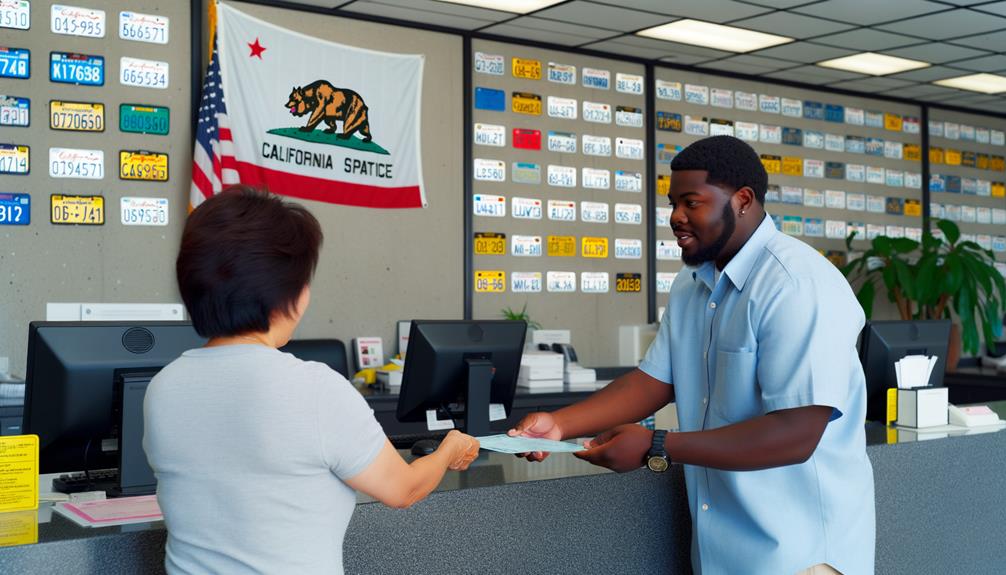
Scheduling your DMV appointment marks the beginning of your final steps toward registering your out-of-state vehicle in Anaheim. It's your time to break free from the previous state's ties and start fresh. First, ensure you've got your out-of-state title and proof of insurance ready. You'll also need to fill out the right registration forms—REG 343 for personal vehicles, REG 4017 for trailers, or REG 4008 for commercial vehicles.
At the DMV, the centerpiece is the VIN verification. You'll need the vehicle inspected and the REG 31 form completed by a licensed verifier. This step confirms your vehicle's identity and ties it legally to you in California. Don't forget about the smog certification if your vehicle is a gas model from 1977 onward or a diesel from 1999. This is crucial for keeping California's skies clear.
Addressing Additional Fees
As you navigate the final steps of registering your out-of-state vehicle in Anaheim, be prepared to handle a few additional fees. These aren't just arbitrary costs; they're part of the freedom you get to drive legally and confidently on California roads. Let's break down what you might face.
Firstly, the CHP fee of $32 is mandatory. This goes to the California Highway Patrol and is a small price for the security they provide. If you've chosen a zero-emission vehicle, expect a fee of $17. It's a nod to cleaner tech and your contribution to a greener state. For newer vehicles, less than four years old, there's also a smog abatement fee of $20.
Don't overlook the sales tax, which in California starts at 7.25% but can climb depending on your county. If your vehicle was a recent purchase, this will apply to the purchase price. However, if it's a gift or was bought over a year ago, you'll skip this part.
